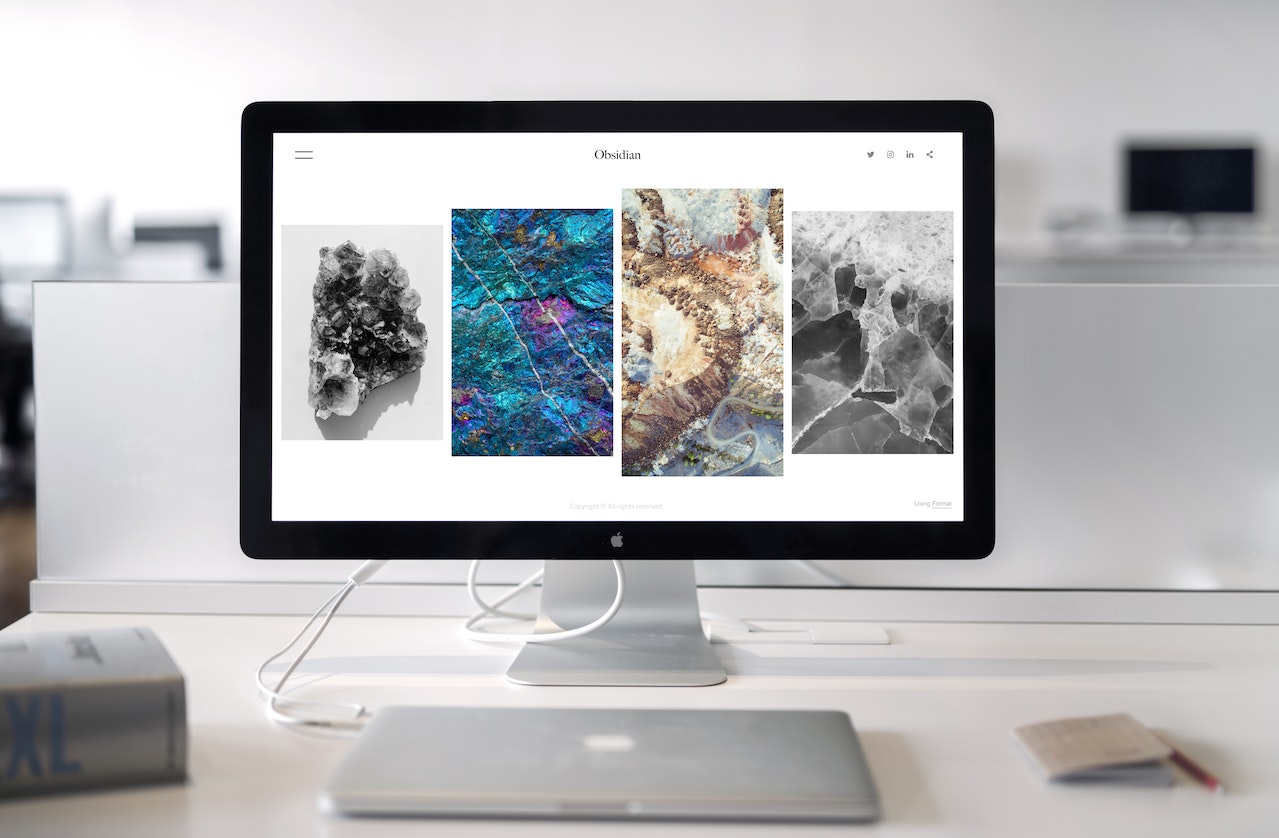Device Manager is a system utility in Windows that displays all the devices connected to your computer. It’s useful for troubleshooting problems with hardware or drivers. On a Mac, there is no equivalent utility. However, you can use the System Information application to view information about your computer’s hardware and drivers.
To open System Information, click the Finder icon in the Dock, then click Applications in the sidebar. In the Applications folder, double-click Utilities, then double-click System Information.
Where is device manager on mac
If you’re looking for information about a specific device, such as your computer’s graphics card or network adapter, you can find it in the System Information window. To do this, click Hardware in the sidebar, then select the type of device you want to learn more about from the list. For example, if you want to view information about your computer’s graphics card, you would click Displays in the list.
Open the Finder on your Mac
In the System Information window, click Hardware in the sidebar. Select the type of device you want to learn more about from the list. For example, if you want to view information about your computer’s graphics card, you would click Displays in the list.
The information you’re looking for is displayed in the right pane of the window. For example, if you selected Displays from the list, you would see information about your computer’s graphics card in the right pane. This includes the manufacturer, model number, and driver version.
In the menu bar, select “Go” and then “Computer”
You can access your computer’s files from anywhere in the world by logging into your Google account and clicking on the “My Computer” link in the menu bar. This will open a window that displays all of the folders and files stored on your computer. You can drag and drop files to upload them to Google Drive, or right-click to open them in a new window.
If you’re like most people, chances are you use your computer for a variety of different tasks. Whether it’s checking your email, browsing the web, or working on a project, your computer is likely a central part of your everyday life.
Double-click on the name of your computer
This will open a new window that displays all of the files and folders stored on your computer’s hard drive.
Click on the “Applications” folder. This folder contains all of the applications installed on your computer.
Scroll through the list of applications until you find the “Utilities” folder. Double-click on this folder to open it.
Inside the “Utilities” folder, you will find the “System Information” application. Double-click on this application to launch it.
The System Information application will provide you with a wealth of information about your computer’s hardware and software.
In the window that appears, open the “Applications” folder
This folder contains all of the applications installed on your computer.
Scroll through the list of applications until you find the “Utilities” folder. Double-click on this folder to open it.
Inside the “Utilities” folder, you will find the “System Information” application. Double-click on this application to launch it.
Scroll down and double-click on the “Utilities” folder
This folder contains a variety of different tools that can be used to troubleshoot problems with your computer.
One of these tools is the “System Information” application. This application provides you with detailed information about your computer’s hardware and software.
To launch the “System Information” application, double-click on its icon.
In the window that appears, you will see a variety of different options. Click on the “Hardware” option to view information about your computer’s hardware.
In the sidebar, you will see a list of different types of hardware. Select the type of hardware you want to learn more about.
Locate and open the “System Information” application
The “System Information” application provides you with detailed information about your computer’s hardware and software.
To launch the “System Information” application, double-click on its icon.
In the window that appears, you will see a variety of different options. Click on the “Hardware” option to view information about your computer’s hardware.
